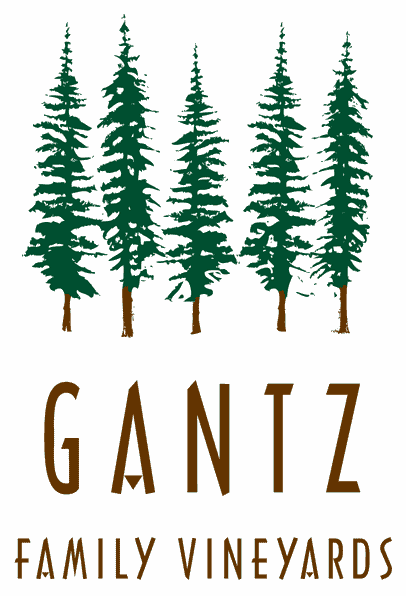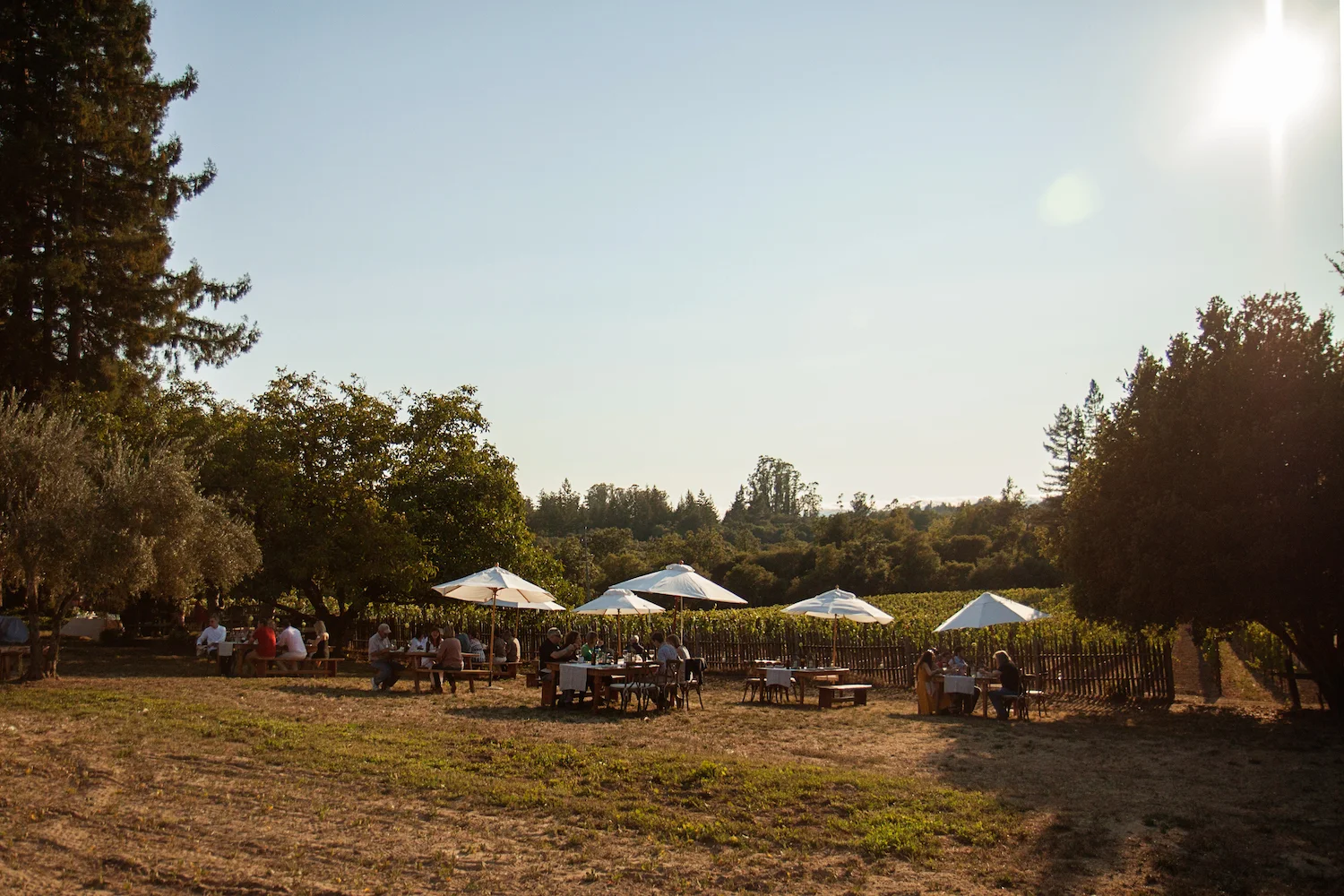Calera Pinot Noir clones with the canes removed; the head will be cut off when they graft the new Chardonnay.
Way back in 2009, when we were establishing Gantz Family Vineyards, we selected Pinot Noir as our grape of choice. Russian River Valley is famous world-wide for our stellar Pinot and we knew we had a lovely little spot to grow it in, as well as phenomenal winemakers interested in buying from us.
For our clones, we selected Pommard, the workhorse of Pinot, and Calera, the darling of wine makers. Calera is not the darling of wine grape growers. Pinot Noir is famously the most difficult wine grape to grow. It has very thin skin and is sensitive to frost, wind, soil types, and critical glances. Calera is the most hypersensitive of the bunch.
After 10 years of fussing, babying, pleading and praying, we’ve decided enough is enough. The Calera blocks returned as much as 50% less fruit than the other clones.
The Russian River Valley is also world famous for our luxury Chardonnay. Forty-six years ago, at the Judgment in Paris, the 1973 Chardonnay from the famous Napa winery, Chateau Montelena, was given top honors over France’s best vintners. Those grapes came from Russian River Valley’s own Bacigalupi Vineyards.
With support from our winemaker clients and our vineyard manager, we’ve made a momentous decision to graft the fussy Calera clone over to a beautiful Chardonnay grape clone, Mount Eden. Of course, we will continue to grow the Pommard and Mariafeld Pinot clones, which are so popular with our winemakers. Our 4.5 acre vineyard will now be 65% percent Pinot and 35% percent Chardonnay.
Beginning with new rootstock would take us five years to have sellable Chardonnay. Fortunately, we can perform top (or T-) budding, which is the process of budding new clone material onto an existing rootstock. Next year, we expect the harvest on the new Chardonnay vines to be at about 50%, which we will be able to sell. We will have a fully mature harvest the following year.
We’re lucky to already know that this Chardonnay clone does spectacular on the property. We have a small block of the same clone that we’ve been growing just for Clay’s use. We harvest it ourselves and Clay uses his talents to make a wine available only to friends and family. It has become a favorite and our daughter regularly forces us to send cases of it to her in Houston so she can impress all of her friends. (note: the latter part of that sentence was written by our daughter.)
We’re so excited for this new chapter. Wish us luck!



